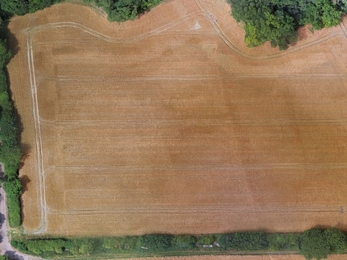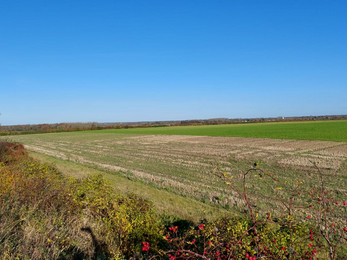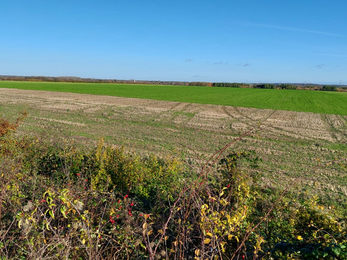Wildlife Trust Habitat Banks in Cambridgeshire
The following Habitat Bank sites are now providing BNG units for local developers looking to minimise their environmental impact and maximise benefits to nature. The Wildlife Trust BCN will be an approved supplier of high integrity Biodiversity Units, registered, managed and monitored according to statutory requirements of Natural England, Defra and the Local Councils.
To find out more, including options and costs for BNG, please contact: Martin Baker at martin.baker@wildlifebcn.org
Stokes Farm
Stokes Farm comprises 6 fields covering almost 30 Ha, at the eastern edge of the Great Fen. The Great Fen is a 37 Km2 landscape-scale wetland restoration project on the edge of the Cambridgeshire fens. Stokes Farm is hydrologically separate from the main wetland restoration areas and has been identified as a location for a Habitat Bank to create species-rich grasslands to complement the large-scale wetland restoration.
The long-term Vision is to create a wilder landscape of fens, reedbeds and wet grasslands with ponds and ditches, alongside species-rich lowland meadows and areas of scrub and woodland on the drier ground. These will support a rich array of specialist wetland plants, invertebrates, wildfowl, waders, raptors and songbirds.
UK wild origin native wildflower seeds were sown into the first field at Stokes Farm in autumn 2023 and the plan is to manage this area through an annual hay cut and late season grazing with cattle or sheep. The other five fields will be similarly enhanced in stages over the coming years. Setting Stokes Farm up as a Habitat Bank will allow us to fund the long-term restoration of species-rich habitats and fund this through the new Biodiversity Net Gain market.
Flack Field, Fulbourn Fen
In 2022, the Wildlife Trust BCN added Flack Field to our Fulbourn Fen nature reserve, with both areas leased from the adjacent Estate for over 30 years. Although small at just over 3 Ha, it has increased the size of the existing Fulbourn Fen nature reserve by over 10%.
Our long-term vision is to create a large nature site at the heart of the Cambridge Nature Network, where species-rich grasslands full of wildflowers and teeming with insect life will be intermixed with areas of scrub and woodland rich in bird song. In time the plan is to fully connect Fulbourn Fen with Fleam Dyke (see below).
Flack Field was arable farmland up to summer 2022. In the autumn of 2022, a native wildflower seed mix was sown and in the first year 12 out of the 15 sown wildflower species have successfully germinated. During 2023 the grassland was cut and the plan going forward is for an annual hay cut followed by autumn cattle grazing. The initial habitat creation was funded from the sale of Biodiversity Units to a nearby major development, and the remaining Biodiversity Units will be sold to fund long-term management and enhancement, with the income shared between the Estate and Wildlife Trust.
Wilbraham Fields, Fleam Dyke
The Wildlife Trust purchased a significant length of Fleam Dyke SSSI and Scheduled Monument in late 2023, along with 7.59 Ha of adjacent arable land. The land, along with Fulbourn Fen (see above) is located at the heart of the Cambridge Nature Network.
The adjacent arable land was purchased to create a more sustainable land management unit incorporating the adjacent difficult to manage narrow, linear Fleam Dyke. It also provides an opportunity to create species-rich chalk grassland and complementary scrub habitats in the long-term to buffer and extend Fleam Dyke.
Habitat creation will commence in late summer/autumn 2024, with the long-term plan to manage the new grasslands through sheep grazing (and possibly cattle), partnering with a local farmer looking to see up his own livestock business. The sale of Biodiversity Units will help pay for the purchase of the land, creation of habitats and their long-term management.



